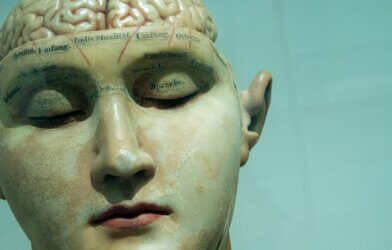Lily Wang, a professor in the field of statistics, has just scored a huge grant of almost $1.2 million from the National Institutes of Health (NIH). Why, you ask? She’s leading a team of researchers from George Mason University, William & Mary, and the University of Georgia on a project called “SCH: Novel and Interpretable Statistical Learning for Brain Images in AD/ADRDs.” Now, what does all this mean for you as a teenager? Let’s break it down!
First, let’s talk about Alzheimer’s Disease (AD). You might have heard of it—it’s a pretty common type of dementia and a leading cause of death. In 2020, around 5.8 million Americans were dealing with Alzheimer’s, and it’s expected that this number could jump to nearly 14 million by 2060. That’s a lot of people affected by this disease, and here’s the kicker: we don’t have a cure for it yet.
So, what’s Professor Wang’s project all about? Well, it’s all about using fancy brain imaging technology to figure out what’s going on inside the brains of people with Alzheimer’s and related dementias (AD/ADRDs). This technology has come a long way in the last few decades, and it’s producing tons of images of brains. These images could be like puzzle pieces that help us understand these diseases better.
But here’s the catch. Right now, the way we use these brain images is a bit like trying to read a book by looking at just one word on each page. It’s not enough to fully understand what’s happening in the brain. Professor Wang and her team want to change that.
They want to use not just regular 2D pictures of the brain but also 3D images, which are like the brain in three dimensions. Think of it like watching a movie instead of looking at a single snapshot. This could help us find better ways to diagnose, predict what will happen, and treat these diseases.
Now, doing this is not a walk in the park. It’s like trying to solve a super tricky puzzle. These 3D brain images are irregularly shaped and super detailed. There’s also a lot of noise and complexity involved, which is like trying to listen to a quiet conversation in a noisy room. Plus, they need to make sure that the results they get from all these images make sense and are easy to understand.
That’s where Professor Wang and her team come in. They’re going to create smart computer programs and tools that can handle all this brain image data efficiently. It’s like they’re building super-powered magnifying glasses to zoom into the brain images and spot important clues.
By using these advanced tools and methods, they hope to find new markers (clues) that can help us understand and treat Alzheimer’s and related dementias better. Imagine finding a secret map that guides you through a maze—it’s like that, but with our brains!
So, what’s the big deal? Well, if they succeed, we might get better at diagnosing these diseases, predicting how they will progress, and finding new ways to treat them. It’s like upgrading from a blurry old TV to a high-definition screen—everything becomes clearer and easier to understand.
In the end, this project is all about making a positive impact on the lives of millions of people affected by Alzheimer’s and related dementias. So, while it might sound complex, it’s actually all about using cool technology to solve a really important problem. Who knows, maybe one day, their work could lead us closer to finding a cure for these diseases!













